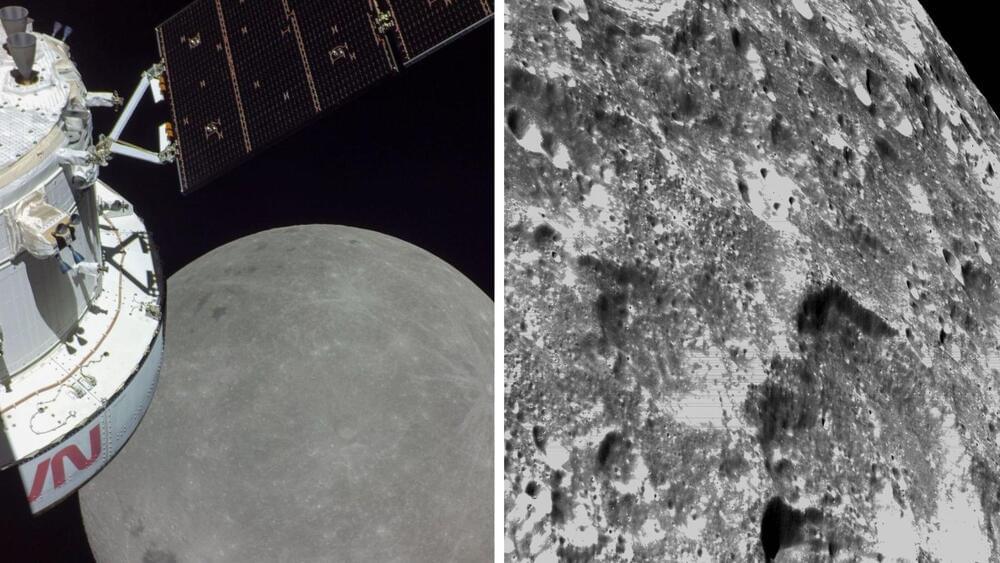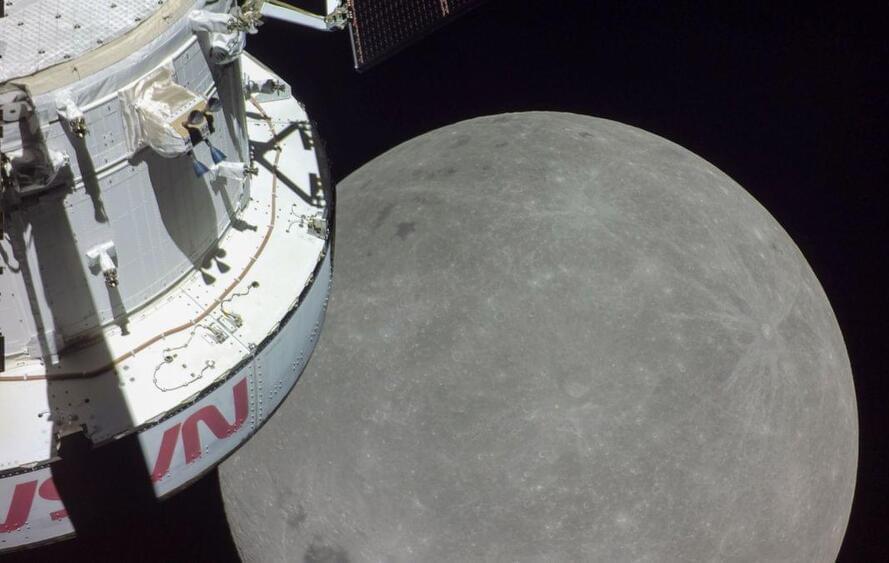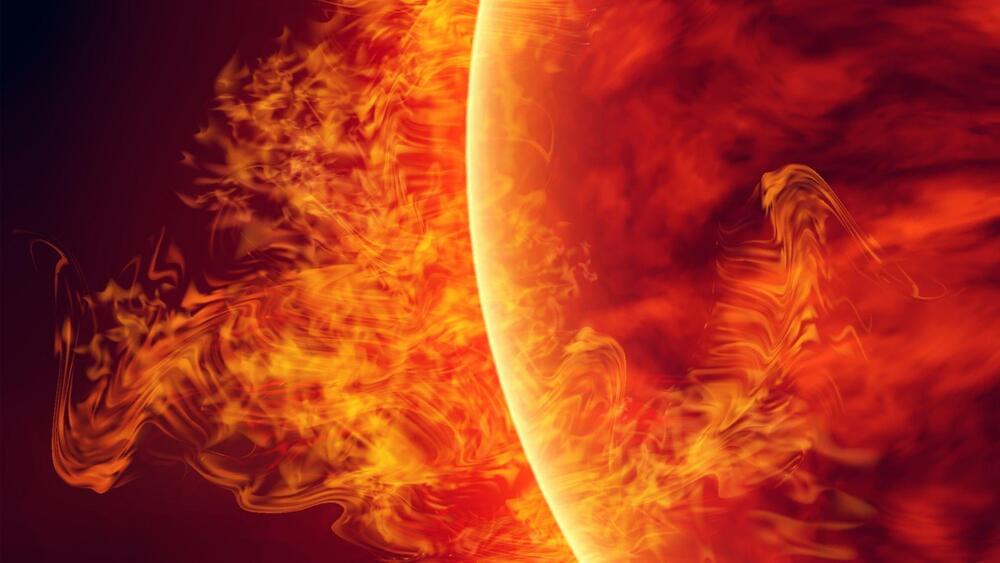https://youtube.com/watch?v=XVaRhggkFJQ&feature=share
http://www.hbomax.com Stanley Kubrick redefined the limits of filmmaking in his classic science fiction masterpiece, a contemplation on the nature of humanity, 2001: A Space Odyssey. Stone Age Earth: In the presence of a mysterious black obelisk, pre-humans discover the use of tools—and weapons—violently taking first steps toward intelligence. 1999: On Earth’s moon astronauts uncover another mysterious black obelisk. 2001: Between Earth and Jupiter, the spacecraft’s intelligent computer makes a mistake that kills most of the human crew—then continues to kill to hide its error. Beyond Time: The sole survivor of the journey to Jupiter ascends to the next level of humanity.






